Late-Season Applications of 2,4-DB Peanut Notes No. 165 2019
The pre-harvest interval for 2,4-DB is 45 days. The major value for 2,4-DB is control of cocklebur and entireleaf/tall …



El inglés es el idioma de control de esta página. En la medida en que haya algún conflicto entre la traducción al inglés y la traducción, el inglés prevalece.
Al hacer clic en el enlace de traducción se activa un servicio de traducción gratuito para convertir la página al español. Al igual que con cualquier traducción por Internet, la conversión no es sensible al contexto y puede que no traduzca el texto en su significado original. NC State Extension no garantiza la exactitud del texto traducido. Por favor, tenga en cuenta que algunas aplicaciones y/o servicios pueden no funcionar como se espera cuando se traducen.
Inglês é o idioma de controle desta página. Na medida que haja algum conflito entre o texto original em Inglês e a tradução, o Inglês prevalece.
Ao clicar no link de tradução, um serviço gratuito de tradução será ativado para converter a página para o Português. Como em qualquer tradução pela internet, a conversão não é sensivel ao contexto e pode não ocorrer a tradução para o significado orginal. O serviço de Extensão da Carolina do Norte (NC State Extension) não garante a exatidão do texto traduzido. Por favor, observe que algumas funções ou serviços podem não funcionar como esperado após a tradução.
English is the controlling language of this page. To the extent there is any conflict between the English text and the translation, English controls.
Clicking on the translation link activates a free translation service to convert the page to Spanish. As with any Internet translation, the conversion is not context-sensitive and may not translate the text to its original meaning. NC State Extension does not guarantee the accuracy of the translated text. Please note that some applications and/or services may not function as expected when translated.
Collapse ▲The pre-harvest interval for 2,4-DB is 45 days. The major value for 2,4-DB is control of cocklebur and entireleaf/tall …
The most recent crop report for the region is found below: V-C-Region-Crop-Report-August 15 …
Statewide, the 2019 crop continues to be the most variable crop that we’ve seen in quite some time, primarily …
The attached is a recent statement by the Weed Science Society of America concerning glyphosate as a possible carcinogen. WSSA’s …
James Thomas has found lots of velvetbean caterpillar moths in Estill, Govan, and Ehrhardt. Larvae size is variable from …
Caterpillars in peanuts Rick Brandenburg Extension Entomology Specialist This is the time of year when we see caterpillars or “worms” in peanuts. …
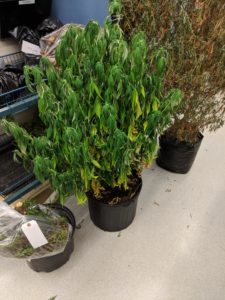
Root, Crown, and Stem Rot Root, crown, and stem rots are being observed in industrial hemp stands across North Carolina. …
Field day program for Southeastern North Carolina Peanut Field Day. Peanut Field Day Program Whiteville …
Field day program for 2019 North Carolina Peanut Field Day. Peanut Field Day Program Lewiston …
Presentation by Dr. Dan Anco at a recent meeting. 2019 APS – Anco et al Presentation Disease …
Article provided by Dr Dan Anco at Clemson University. VC News Fall 2019 – …
Barbara has provided an excellent summary of some disease issues you might be experiencing. Stem Rot, Sclerotinia Blight and …
A new formulation of fluazinam is now available for peanuts (see link). However, this product has not undergone testing …
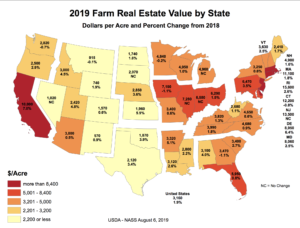
The recent National Agricultural Statistics Service (NASS) posted the results of its early June survey on various categories of …
A Different Kind of Season (So Far) Barbara Shew NC State University After a couple of growing seasons with mild wet weather, …

Cercospora leaf spot of cotton (Fig. 1), caused Cercospora gossypina (syn. Mycosphaerella gossypina), has been observed across North Carolina cotton growing …
Attached is a comparison of peanut growth on July 31, after no till into cereal rye versus native vegetation. Peanuts …
This is my article for the Fall addition of Virginia-Carolina Peanut News. V-C Peanut News August 2019 …
Attached is the most recent crop update for the region. V-C-Region-Crop-Report-August …

The short answer is no way! The following are data and logic to support this position. First, we have replicated …
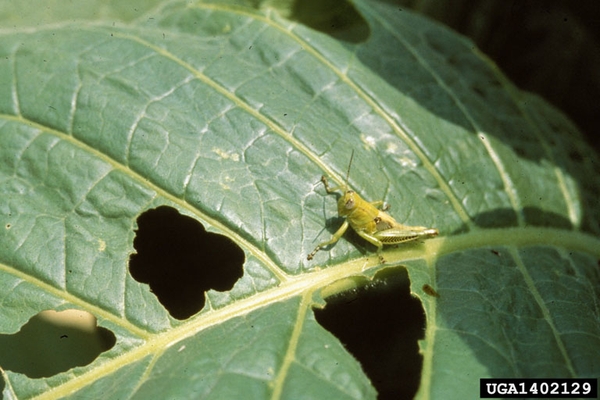
Several species of grasshoppers can cause foliar feeding damage in tobacco. They are typically most …

This Extension publication provides an overview of the tobacco budworm (Chloridea virescens), a common pest …

This factsheet for farmers describes concepts, terminology, and guidelines concerning soil sampling. Proper testing allows …
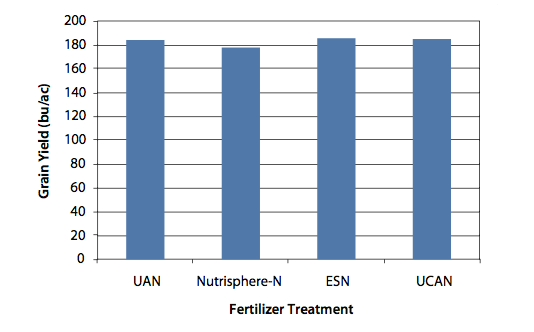
Nitrogen fertilizer products are being developed and marketed as having the potential to increase yields and …
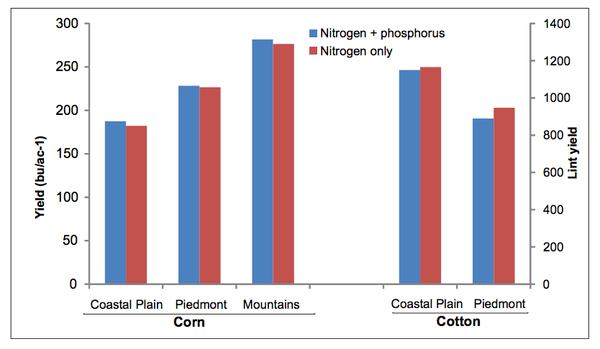
Phosphorus (P) is the second most important nutrient in crop production but is often found …

This factsheet describes the symptoms of a shoot inhibitor herbicide injury.

This factsheet describes the symptoms of a metribuzin herbicide injury.

This factsheet describes the symptoms of a dichlobenil herbicide injury.